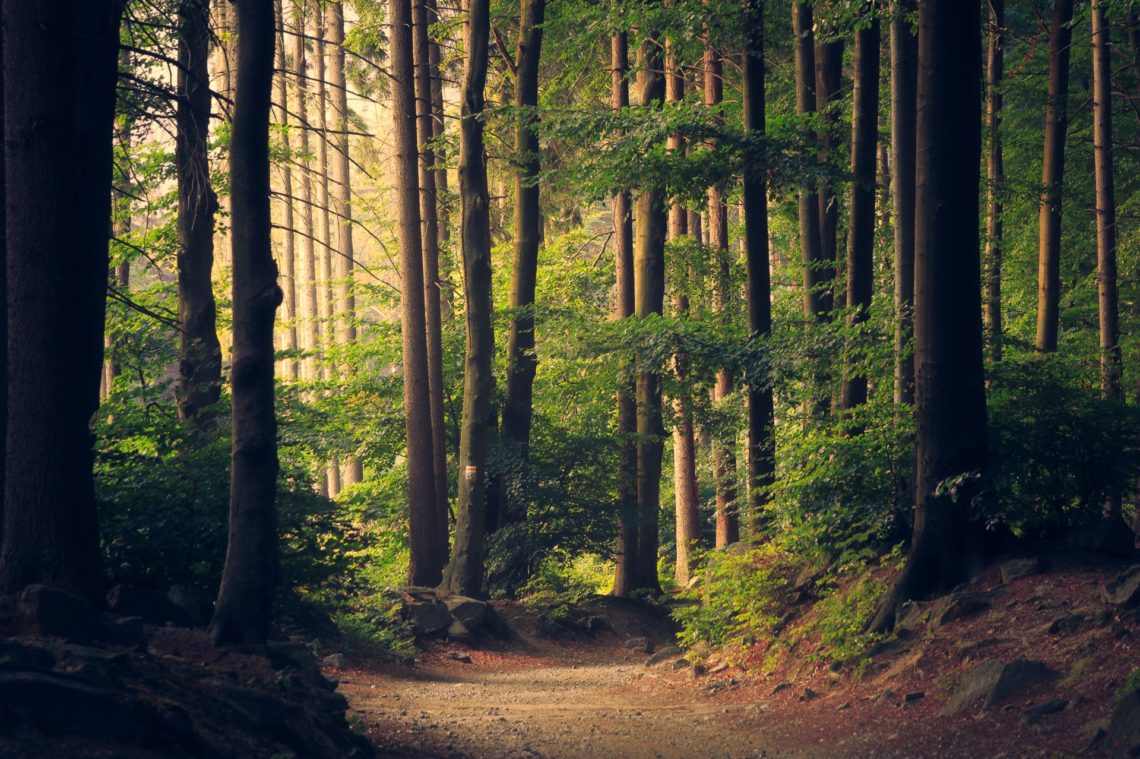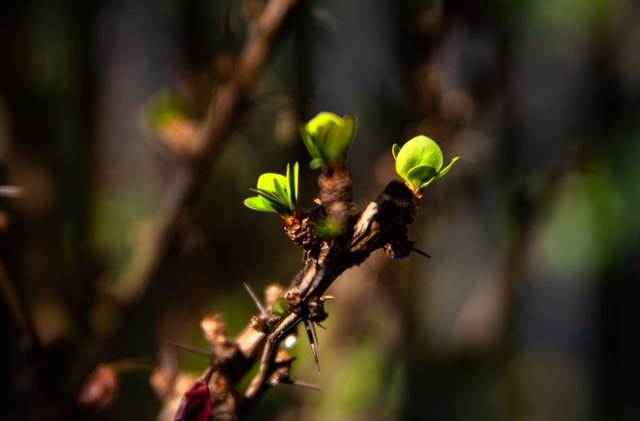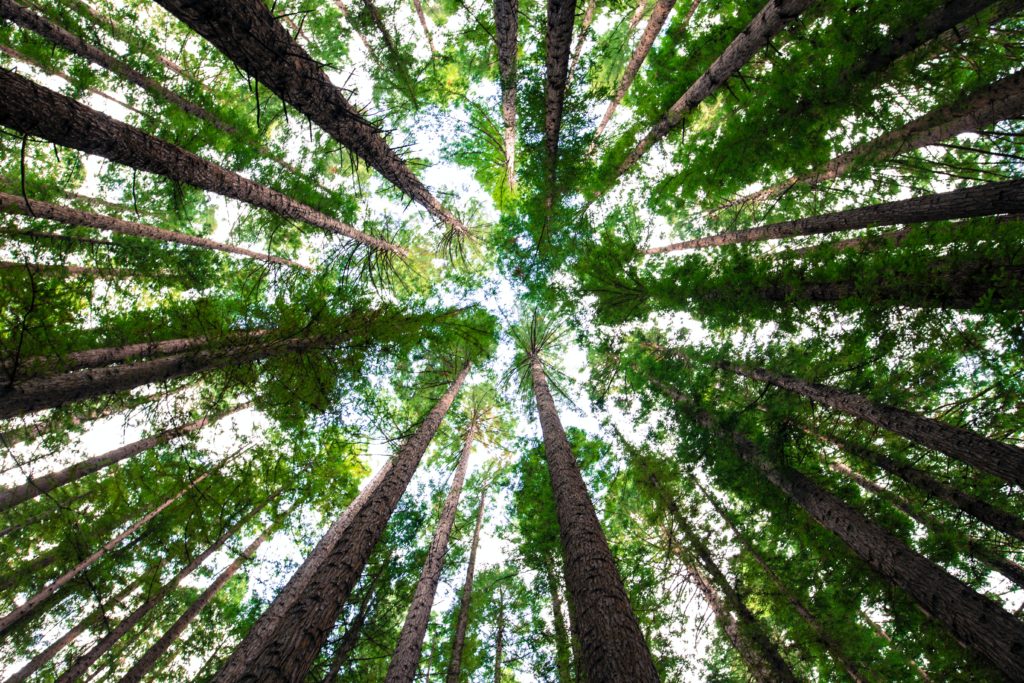
Wisdom in Trees: 5 Things I Learn From The Forests
Wisdom in Trees
I first started really appreciating trees when I was 19, after meeting my boyfriend at the time, Joey. Some of our best memories and conversations happened while we climbed trees around our college campus. It was a great, inexpensive way to date at the time!
I remember Joey getting so excited and pointing out the uniqueness of the different trees. He would intentionally stop to show me special details around the trunks that I would have otherwise passed by. Ever since, I’ve grown to more deeply appreciate the beauty and wisdom in trees, which inspired me to write this post, in the middle of the forest, 10 years later.
Here are 5 things I’ve learned to love and appreciate about trees:
1. Trees don’t care about perfection
I bet, that if trees could talk, they’d have nothing to do with the concept of “perfection.” They’d likely affirm that there’s no such thing, and that striving for something like this is absolutely futile.
As I write, I’m surrounded by many different trees at Harbison State Park in Columbia, SC. I’m noticing the many distinct shapes, sizes, lengths, and textures of the trees that surround me, and how they seem completely content — uneven branches, missing leaves, and all. I also notice some of their funny looking roots poking up from the ground. They don’t seem to care.

As I consider my own life, how freeing it is to let go of trying to “hide” or “make straight” my awkward branches, and just be. Maybe, just maybe, its not so bad for some of our funny looking roots and unevenness to show.
2. After every cold winter, there is always a Spring
It’s also winter, and its been a rather cold one compared to years past. Most of the trees around me have lost their leaves and appear so bare. The moss growing around their trunks is the only form of green life I see.
These trees, however, know that they are not stuck in this cold, dark season forever. For no matter how cold and bitter the winter, these trees will eventually bud again and experience the radiance of Spring.

Trees teach me what it looks like to embody resilience — for every year they are exposed to an uncomfortable season where they loose their leaves, and face the world with nakedness and vulnerability. But around the same time each year, new growth forms, and the trees stand taller and more fuller than they ever have before.
3. The need for community
Despite widespread beliefs, trees do not exist as separate, independent structures, but as social, interdependent forms of life.
In a N.Y. Times article titled, The Social Life of Forests, Ferris Jabor interviews Dr. Simard, professor of Forest ecology at the University of British Columbia, on forest life. Jabor writes,
“An old-growth forest is neither an assemblage of stoic organisms tolerating one another’s presence nor a merciless battle royale: It’s a vast, ancient and intricate society. There is conflict in a forest, but there is also negotiation, reciprocity and perhaps even selflessness. The trees, understory plants, fungi and microbes in a forest are so thoroughly connected, communicative and codependent that some scientists have described them as superorganisms.”

In a similar Smithsonian article, Do Trees Talk to Each Other, Richard Grant writes,
“Since Darwin, we have generally thought of trees as striving, disconnected loners, competing for water, nutrients and sunlight, with the winners shading out the losers and sucking them dry. The timber industry in particular sees forests as wood-producing systems and battlegrounds for survival of the fittest.
There is now a substantial body of scientific evidence that refutes that idea. It shows instead that trees of the same species are communal, and will often form alliances with trees of other species. Forest trees have evolved to live in cooperative, interdependent relationships, maintained by communication and a collective intelligence similar to an insect colony. These soaring columns of living wood draw the eye upward to their outspreading crowns, but the real action is taking place underground, just a few inches below our feet.”
How amazing is this! Trees communicate and depend on one another; they are more intelligent and sophisticated than we ever thought.
Just as the body of Christ is meant to build up, strengthen, and support each of its members, the forests echo this same pattern and calling.
The trees remind me of my need for community, and that it is good to ask for and receive help. These themes are woven into the very fabric, the root systems, of nature itself.

4. They are wonderfully generous hosts
In addition to the trees’ support and care for each other, consider how trees are such generous hosts for other living creatures, such as the birds, small animals, and the occasional humans who venture to climb them.
They don’t complain or groan when other forms of life share their space. They welcome the frisky squirrels and surrender themselves to the persistent wood peckers. Trees support my back when I sit down on a long hike, and they hold my hammock as I rest on lazy, Sunday afternoons.
I learn from the generosity of the trees, and hopefully I, too, can cultivate and embody this type of patience and grace.
5. They grow as tall as they can towards the Light
One afternoon, in the midst of my late-20’s quarter-life crisis , I was feeling caught in a negative cycle of comparing, wishing, and “shoulding” myself. My career route felt uncertain, and I was annoyed that I wasn’t yet where I “should” be with life.
Joey, my now husband, saw that I was a bit frazzled, and after heading off to Trader Joe’s to pick me up some fresh flowers and dark chocolate, he sat me down on our porch and asked me to look out at the Pine trees scattered in our front yard.
He said something like, “Elizabeth, look at each of these trees. They are not thinking to themselves, “Oh, I wish I was as tall as that tree,” or, “I hate the way my bark looks.” They simply strive to be the best tree they can be. And they all share a common goal with each other of growing closer and closer to the light.”
I remember tearing up at his words. For they are so true. Rather than spending my days comparing and wishing for something more, perhaps this is a better thing to do — to stop judging and comparing, and focus instead each day on growing, slowly yet steadily, closer to the light.
May you also, my friend, learn from the trees. What do you see in them, and what do they teach you?





One Comment
Peggy Braswell
I LOVED this